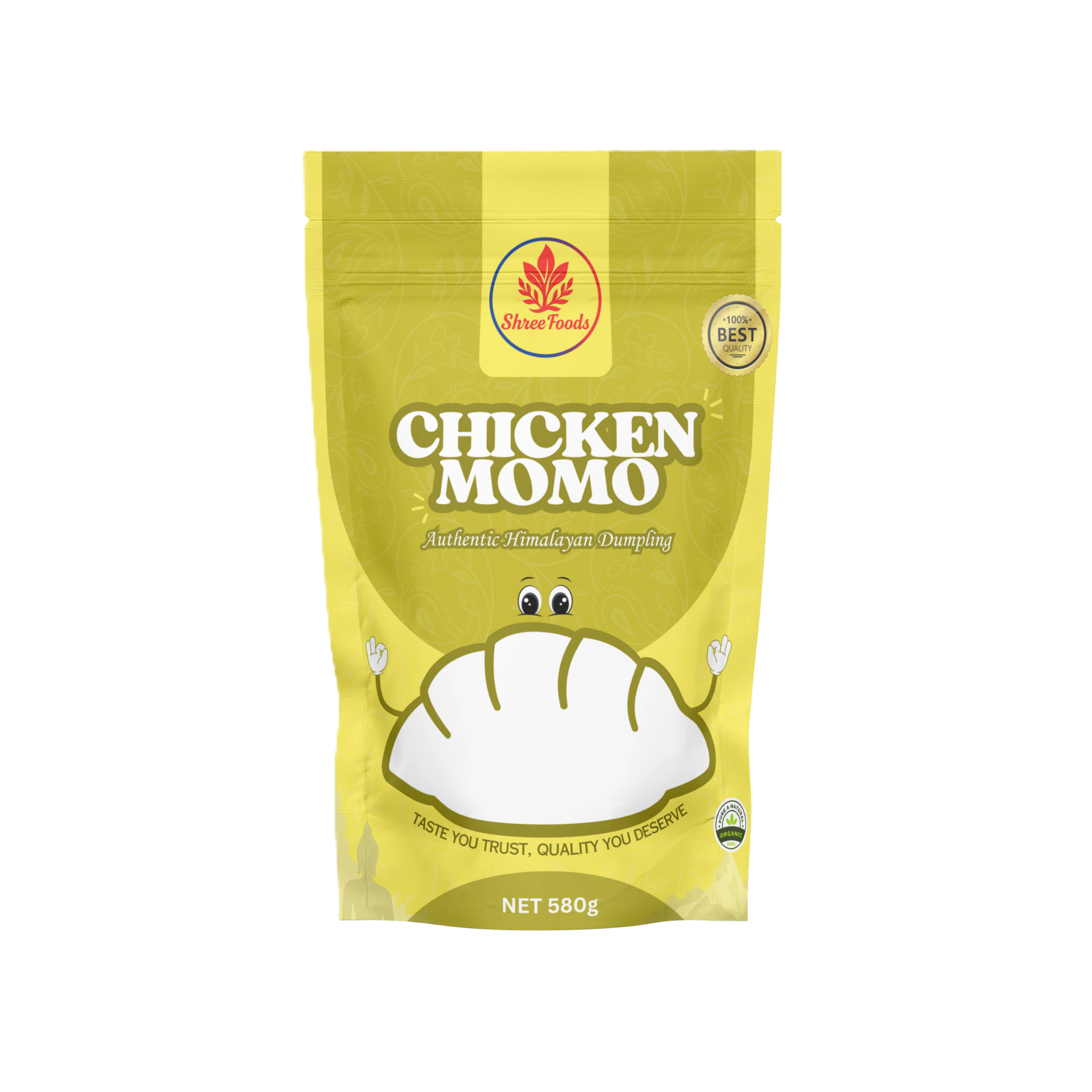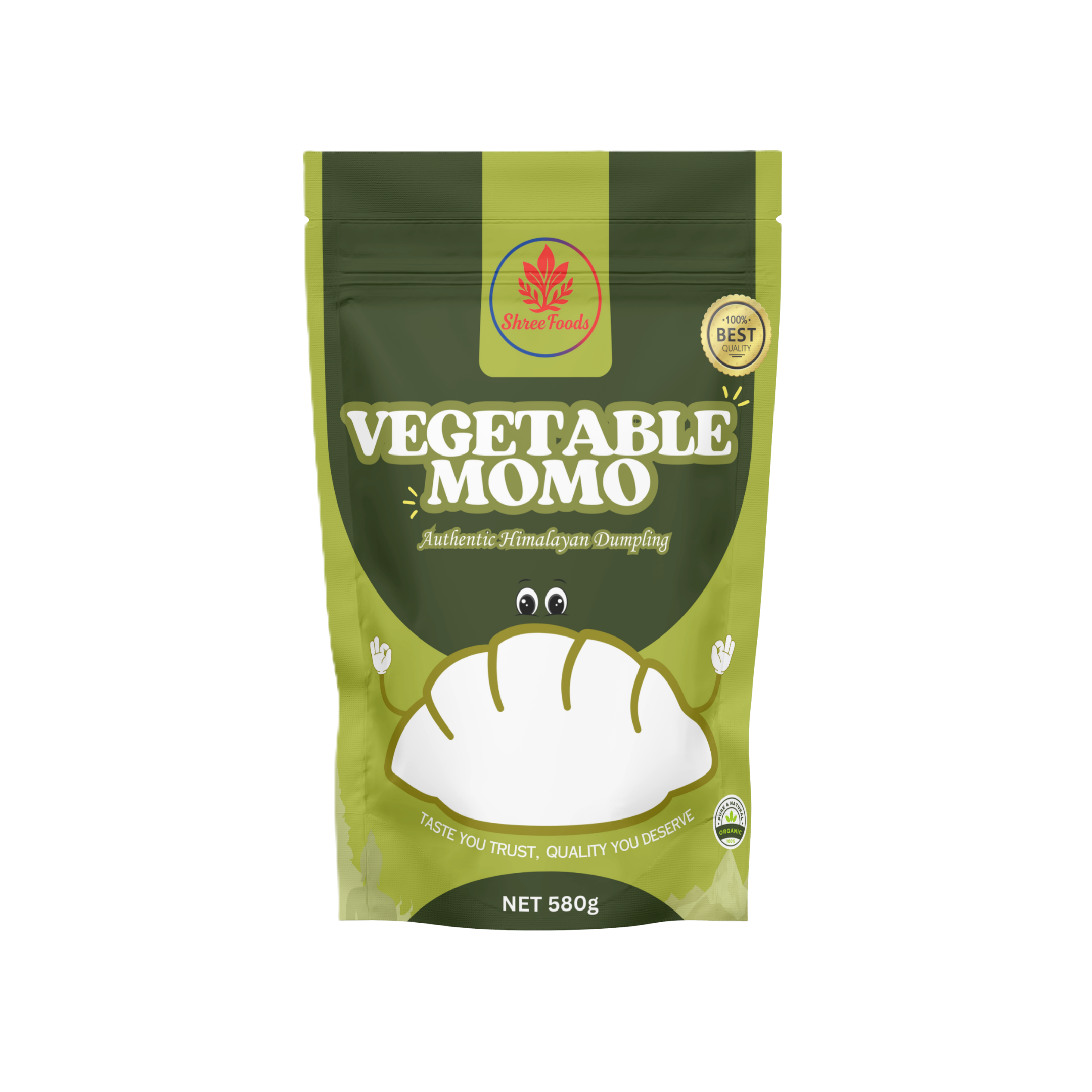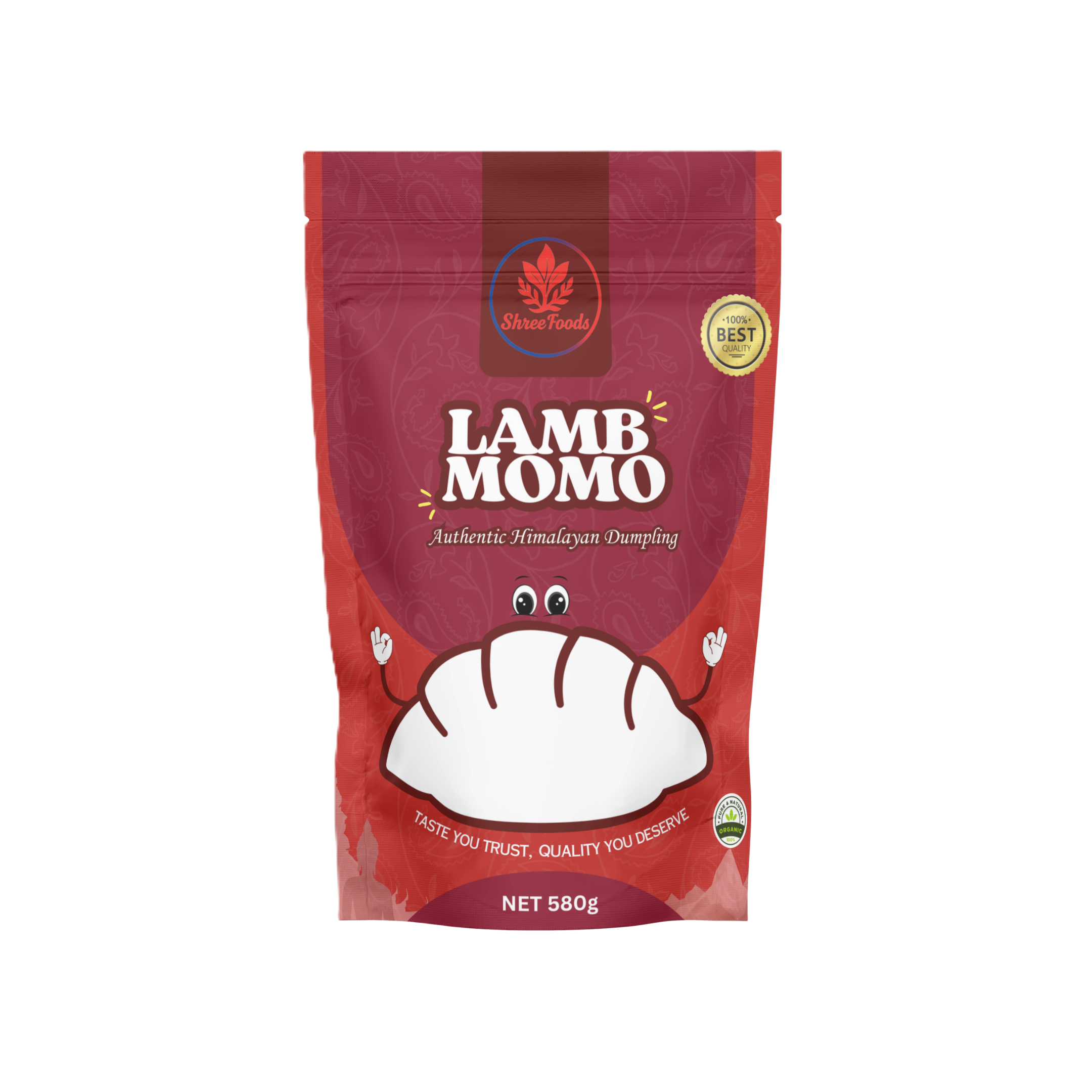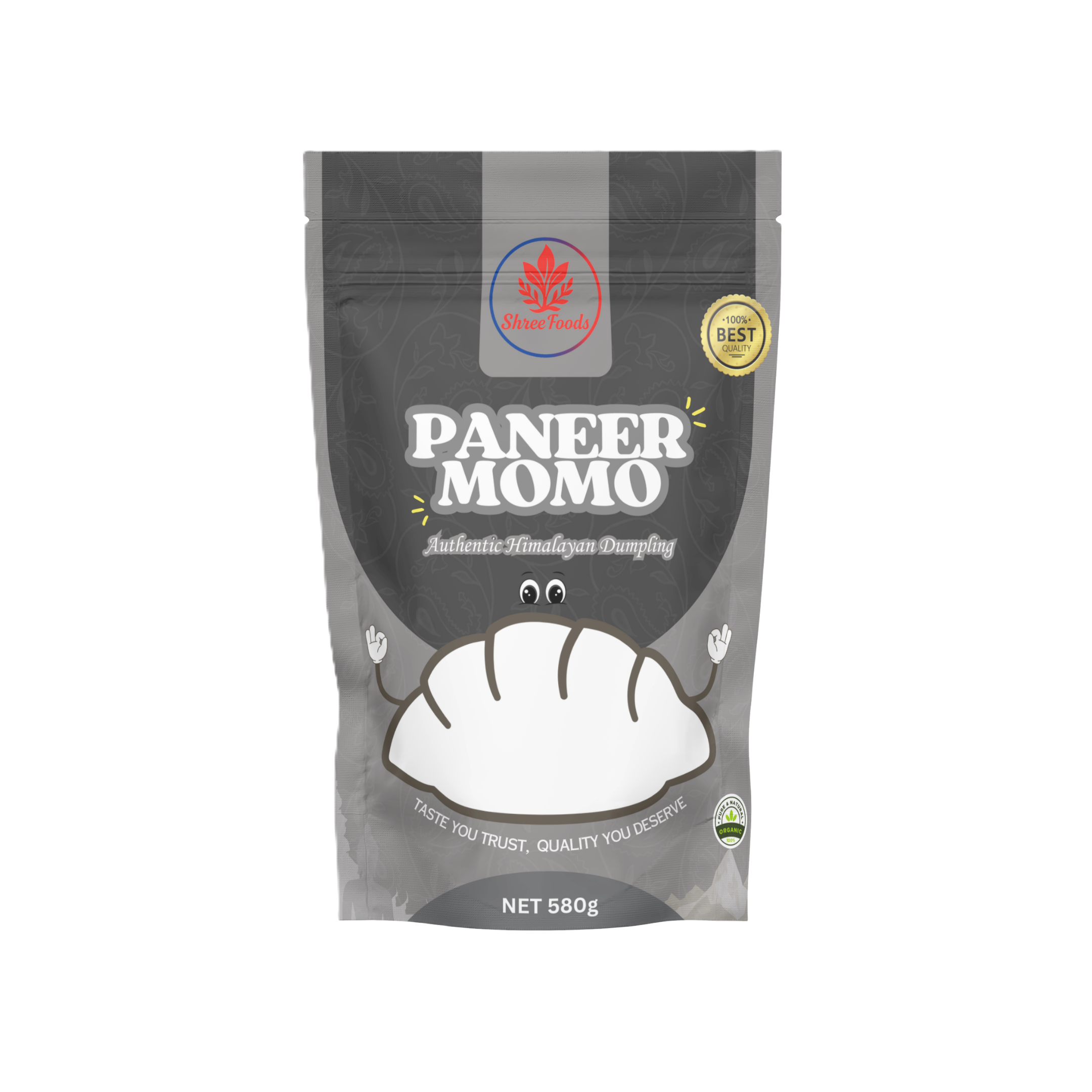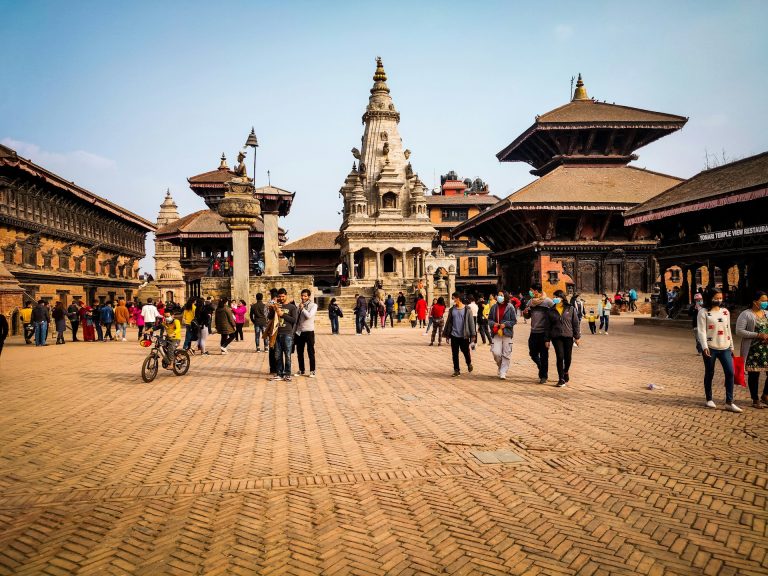Introduction:
“Namaste and welcome to a culinary journey into the very soul of Nepali culture – the beloved Momo! More than just a delicious dumpling, Momo is a symbol of community, a staple of every gathering, and a testament to Nepal’s rich culinary heritage. From the bustling street stalls of Kathmandu to the cozy kitchens in the Himalayas, the aroma of steaming Momos is an intrinsic part of the Nepali experience. Join us as we delve into the fascinating culture surrounding this iconic dish.”

The Origins and Evolution of Momo:
While the exact origins of Momo are debated, with influences from neighboring Tibet, its adoption and adaptation in Nepal have been so profound that it’s now considered a quintessential Nepali food. Historically, Momo was often associated with the Newari community of the Kathmandu Valley, who have their own unique variations. Over time, its popularity has exploded, becoming a nationwide favorite enjoyed by people of all ethnicities and social strata.

Momo: More Than Just Food:
Momo’s significance in Nepal goes far beyond mere sustenance. It’s a social lubricant, bringing people together. You’ll find families gathering around to fold hundreds of Momos for festivals, friends catching up over steaming plates at local eateries, and even formal events featuring elaborate Momo platters. It’s the ultimate comfort food, the go-to snack, and a celebratory treat all rolled into one.
The Art of Making Momo:
The process of making Momo is itself an art form, often passed down through generations. From kneading the perfect dough to preparing the flavorful fillings (traditionally minced meat, but now with countless vegetarian and vegan options like paneer, vegetables, and even chocolate!), every step requires skill and care. The folding technique, in particular, varies from simple half-moons to intricate pleated designs, each telling a story of the maker’s expertise.
A Universe of Momo Variations:
The beauty of Momo lies in its versatility. While the classic steamed meat Momo remains a favorite, Nepal boasts an incredible array of variations to tantalize every palate. Think of:
- Jhol Momo: Steamed Momos swimming in a flavorful, tangy soup.
- Kothey Momo: Pan-fried Momos with a crispy bottom and a juicy top.
- Tandoori Momo: Momos marinated in tandoori spices and grilled in a tandoor oven.
- C-Momo (Chilly Momo): Momos stir-fried with fiery chili sauce, onions, and peppers.
- Vegetarian and Vegan Momos: Filled with everything from spinach and cheese to mushrooms and tofu.
Where to Find the Best Momos:
In Nepal, you’re never far from a delicious plate of Momos. From the humble street vendors with their steaming carts to upscale restaurants offering gourmet versions, Momos are everywhere. Each place has its own unique charm and often a secret recipe for their achar (dipping sauce), which is just as crucial as the Momos themselves. Asking locals for their favorite Momo place is always a rewarding experience!
The Essential Accompaniment: Achar (Dipping Sauce):
No Momo experience is complete without the perfect achar. These dipping sauces, often made with tomatoes, sesame seeds, timur (Sichuan pepper relative), and various herbs and spices, add a crucial layer of flavor and heat that complements the richness of the dumplings. Just as diverse as the Momos themselves, each achar tells its own regional or family story.
Conclusion:
Momo is more than just a dish in Nepal; it’s a cultural cornerstone, a symbol of togetherness, and a culinary delight that has captured the hearts (and stomachs!) of Nepalis and visitors alike. The next time you find yourself in Nepal, be sure to embark on your own Momo adventure, exploring the countless variations and experiencing the warmth and community that surrounds this beloved dumpling. It’s a taste of Nepal you won’t soon forget!
